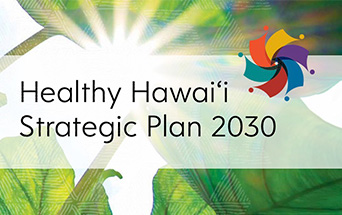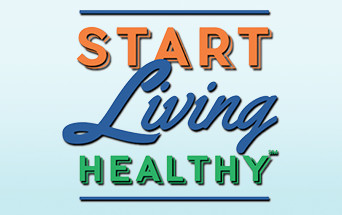Policy, Systems, and Environmental Change
CDPHPD focuses on policy, systems, and environmental change to create spaces where the healthy option becomes the easiest choice for the people of Hawai‘i. Recent success in large-scale public health interventions is the result of going beyond programming to focus on policy, systems, and environmental change approaches. These approaches reach more people, are most cost-effective, and are more likely than individual approaches to have a lasting effect on population health.
Examples of Policy, Systems, and Environmental Change according to the Centers for Disease Control and Prevention include:
- Banning flavored cigarettes to make smoking less attractive to youth
- Increasing prices for unhealthy products (e.g., tobacco, alcohol, and high-calorie, low nutrition foods and beverages) to reflect the medical and societal costs of their use
- Designing communities to encourage walking and biking
- Giving children the chance to learn about physical activity and be physically active in child care programs and schools
- Increasing access to healthy foods and beverages (e.g., full-service groceries and farmers’ markets, healthier menu items in restaurants)
- Improving access to health care for populations with little or no access
- Providing health insurance coverage of effective clinical preventative services
- Increasing use of health information technology and tools (e.g., reminders and clinical decision support)
- Improving access to cancer screenings for people with little or no health insurance
- Improving management of high blood pressure through best practices like team-based care
- Increasing use of community health workers, patient navigators, and other allied health professionals to deliver high-quality care
- Increasing the use of effective community-delivered interventions, such as chronic disease self-management programs, the National Diabetes Prevention Program, and smoking cessation services, through clinician referrals and health insurance coverage
- Using health care workers like pharmacists, patient navigators, and community health workers to help people manage their own health
- Educating people to become more involved in their own health care.
Partners and stakeholders across the state of Hawai‘i developed the Healthy Hawai‘i Strategic Plan 2030 (HHSP) which focuses on creating higher environmental, policy, and systems changes to make healthy behaviors the default choice for the people of Hawai‘i. The HHSP and Program area plans can be found here.



